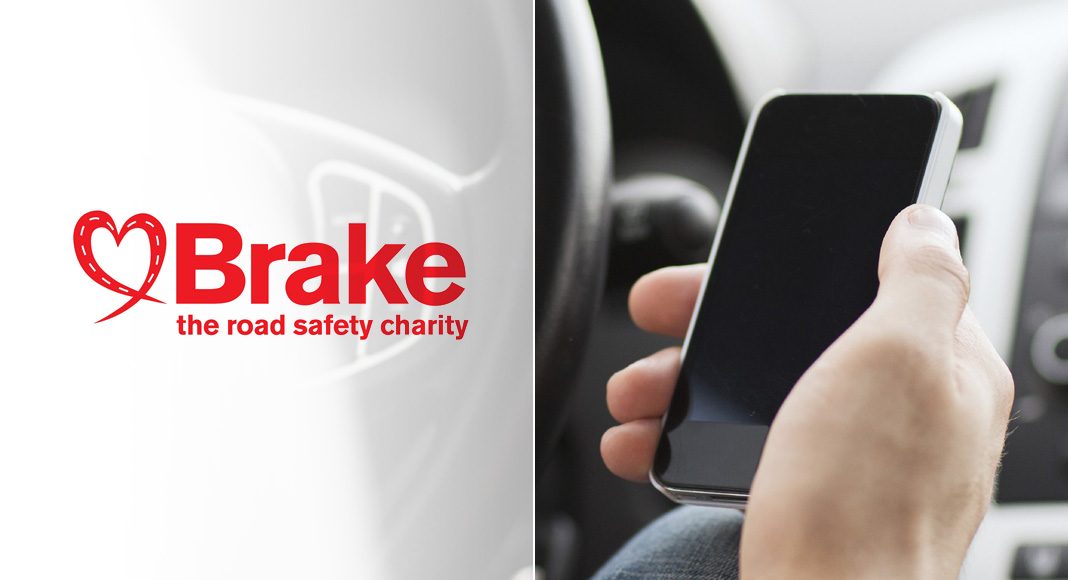Road safety charity Brake is calling on fleet operators to clamp down on distracted driving as more than one-third of respondents to its annual Fleet Safety Survey say they do not monitor distraction.
This yearâs survey, conducted with the support of Licence Bureau, covered various forms of driver distraction, including mobile phone use, in-vehicle technology, eating, drinking, music, smoking and personal grooming.
Of the 350+ fleets surveyed, 128 said they do not monitor levels of driver distraction. Of those that do, 66 rely on self-reporting by drivers rather than use of systems such as in-vehicle cameras or other technology.
Other key survey findings included:
- More than one-quarter (26%) of the fleets surveyed donât run any driver education/ awareness sessions, either face-to-face or online, on the topic of driver distraction.
- Nine in ten (91%) organisations that have implemented distraction policies have banned the use of hand-held mobile phones while driving, but less than one-third (32%) have restricted the use of hands-free phones, despite the risk of distraction
âDriving requires the full attention of the driver. Distraction at the wheel can have devastating consequences and is a factor in a significant number of crashes,â said Caroline Perry, Brakeâs New Zealand Director. âOur survey shows many fleet managers are still not doing enough to prevent driver distraction. While many are aware of the risks, this needs to be better reflected in company policy, as well as through the introduction of best practice initiatives, evidence-based interventions, effective driver education and data monitoring. Managers can use this survey report to identify where their own distraction policies and procedures fit, and follow best practice advice to make improvements if necessary.â
Survey respondents included fleet operators from the UK, New Zealand, Australia, mainland Europe, Asia and North America. Combined, respondents manage a total of more than 267,000 vehicles including cars, vans, trucks, buses and mopeds, and more than 35,000 employees driving for work.



















